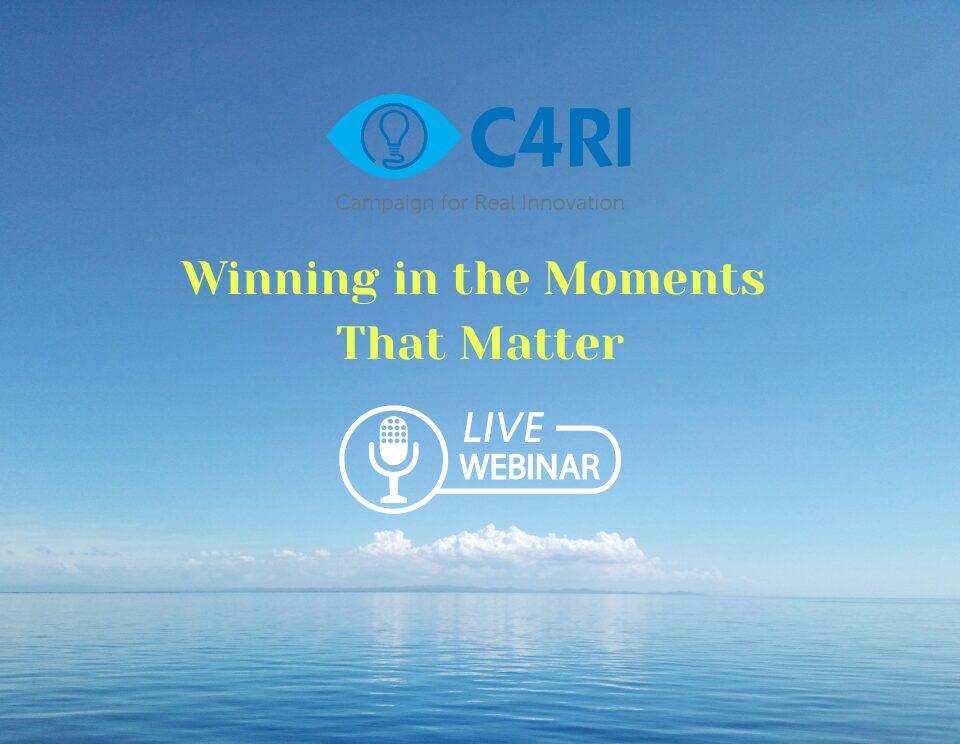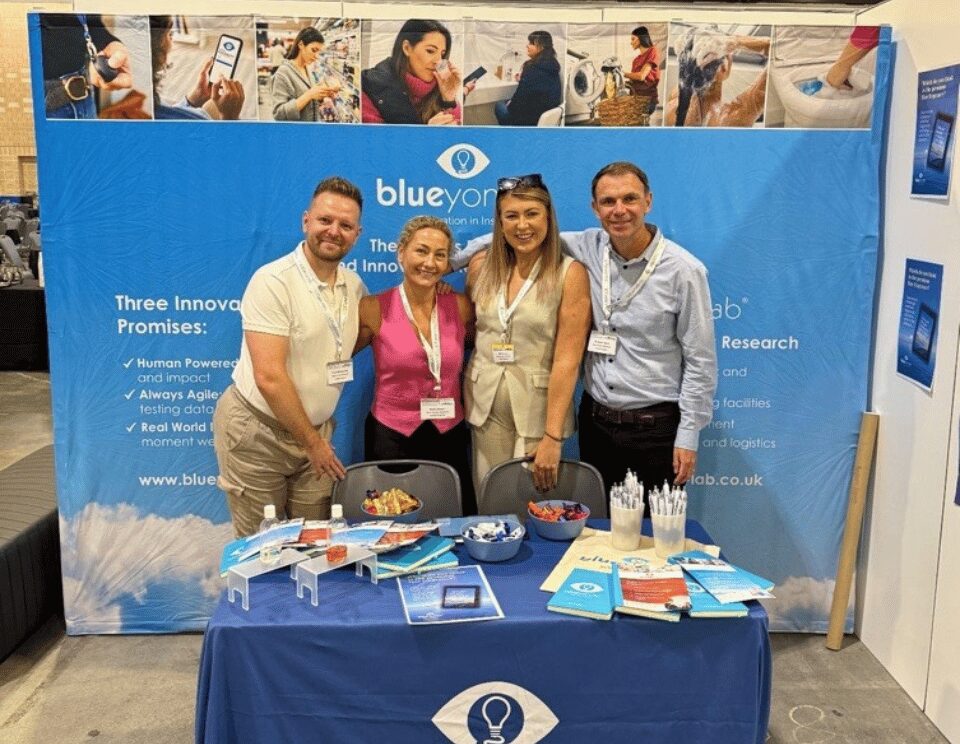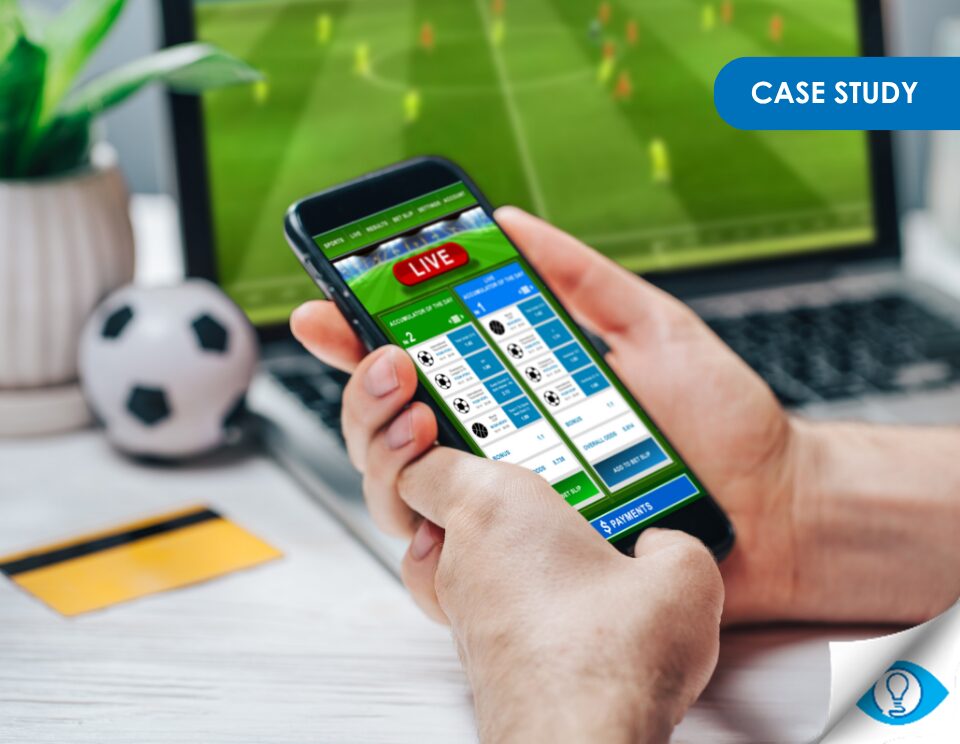Clickscape: The Need in the moment research
Why most sustainability research fails to hit the mark: A rallying cry for behavioural, in the moment research – Clickscape
Asking people how much they really care about sustainability is a topic that gets plenty of eye rolls in any client organisation in 2022.
The main criticism?
We’ve heard it all before.
“The problem is, people tell us they want more sustainable choices, that they are willing to pay for it, so we go away, spend a lot on r&d, make it, and then they still buy the cheapest”.
I heard this just last week in a client (large manufacturer) conversation.
The problem? Too much research is still conducted by asking people simple ‘pick from a list’ type-questions and doing linear analysis. This is crazy when there are so many superior options out there.
I think Seth Stephens-Davidowitz says it best, Everybody Lies.
In the situation I mentioned above the client had run a simple sustainability survey. The problem is that most surveys engage the rational brain, out of context, so ignore the emotions and trade-offs at play in the heat of the purchase moment.
Add to that surveys are quick, they’re cheap, and they provide neat, tidy, clean data (neat numbers and %’s). Let’s call it clean research.
But ‘messy research’, by contrast, requires behavioural capture and analytics that looks at relationships, is where the magic lies. Moments of truth in the real world are notoriously hard to measure, but that shouldn’t be an excuse to ignore them.
Research around sustainability needs to capture the detail of the moments that we experience sustainability (including tensions) in our lives.
The advertising, the times when we wanted to do something sustainable but we couldn’t. The hidden stuff. The bits we forget when we answer a clean survey. And then we need to mine this data for relationships.
In Brand:Lab we focus on finding and understanding what we call Sustainability Moments of Truth (SusMOTs).
How?
We use real people and our patented tool Clickscape to capture them. Developed by our brilliant solutions team of Jonathan Million CMRS, Hannah Kirk and Anna Heath.
Clickscape captures sensorial, emotional or behavioural feedback as it happens, in the real world. This is 15 x more accurate than diary based research.
Yes, 15 times.
Do get in touch if you’d like to know more about SusMOT or Clickscape and stay tuned for future posts in the coming weeks where we’ll share how we’re using it to get to the heart of practical sustainability and the moments that matter.




Stay In Touch